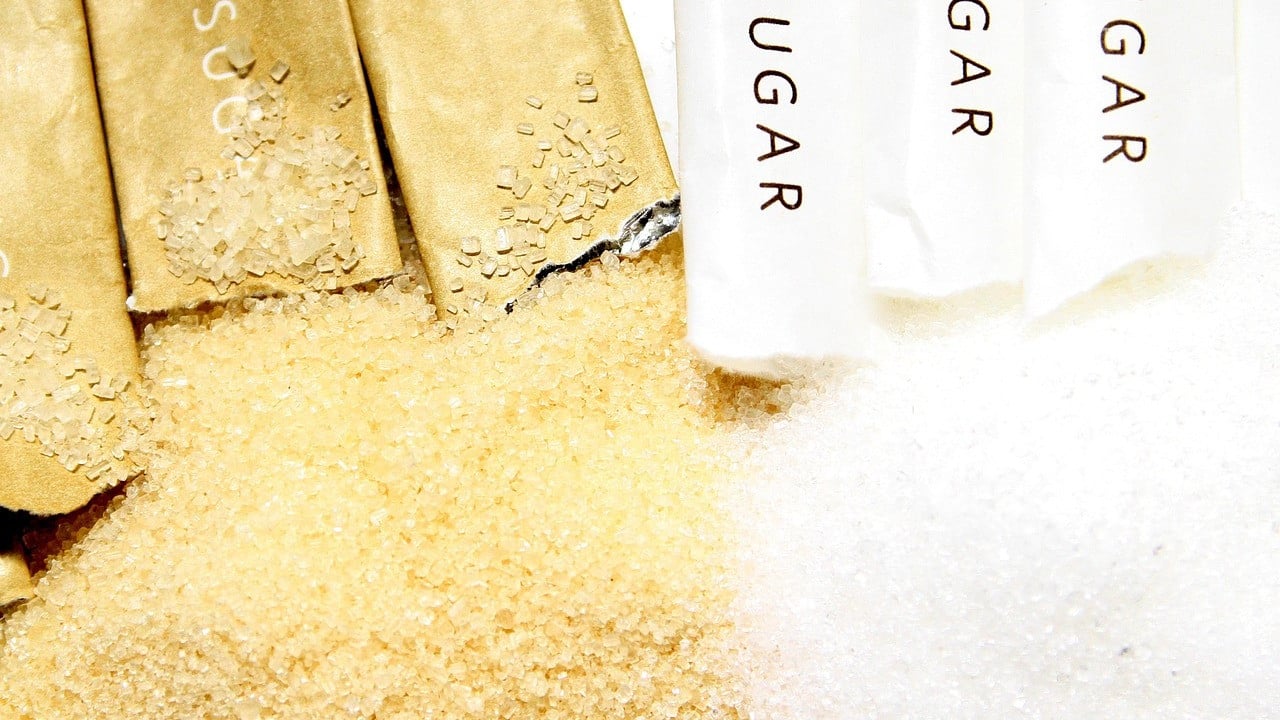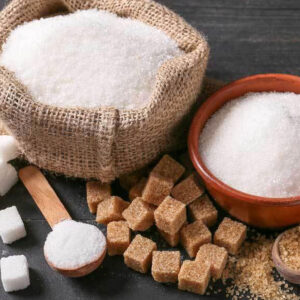People researching beet sugar vs cane sugar often want to know which dissolves better in hot drinks.
People researching beet sugar vs cane sugar often want to know which dissolves better in hot drinks.
Blog Article
Discover the Uses and Benefits of Beet Sugar Vs Cane Sugar in Your Daily Diet Regimen
Discovering the distinct qualities of beet and cane sugar reveals even more than just their sweetening abilities; it highlights their special influences on health and culinary arts. Beet sugar, understood for its refined flavor, is commonly preferred in delicate desserts, whereas cane sugar, with its hint of molasses, includes splendor to durable dishes. Each type holds its own dietary account and glycemic implications, welcoming a deeper understanding of their duties in a balanced diet plan and sustainable consumption practices.
Origin and Manufacturing Processes of Beet and Cane Sugar

The unique environments and soil types required for expanding sugar beets and sugarcane add to distinctions in their growing practices and geographical distribution, affecting the economics and sustainability of their production. beet sugar vs cane sugar.
Nutritional Contrast In Between Beet Sugar and Cane Sugar
Despite stemming from different plants, beet sugar and cane sugar are nutritionally really comparable, both primarily including sucrose. Each offers regarding 4 calories per gram, equating to approximately 16 calories per teaspoon. Structurally, both sugars are made up of about 99.95% sucrose, with minimal amounts of various other substances like dampness and trace element, which do not substantially change their nutritional accounts.

Ultimately, when selecting in between beet sugar and cane sugar based upon nutritional web content alone, both offer the same advantages and disadvantages as they are essentially types of the exact same molecule-- sucrose, supplying quick power without other nutrients.
Impact on Health: Glycemic Index and Caloric Content
Discovering additionally right check this site out into the effects of beet sugar and cane sugar on health, it is very important to consider their glycemic index and caloric material. Both sugars are categorized as sucrose, which includes glucose and fructose. This make-up leads them to have a comparable influence on blood sugar level degrees. The glycemic index (GI) of both beet and cane sugar is around 65, categorizing them as high-GI foods, which can trigger quick spikes in blood sugar levels. This is an essential element for individuals handling diabetic issues or those trying to maintain their energy levels throughout the day.
Each sort of sugar contains around 4 calories per gram, making their caloric material equivalent. For those checking calorie consumption, especially when taking care of weight or metabolic health conditions, recognizing this equivalence is important (beet sugar vs cane sugar). Nevertheless, excessive usage of any type of high-calorie, high-GI food can add to wellness issues such as excessive weight, cardiovascular disease, and insulin resistance.
Environmental and Economic Considerations of Sugar Production
Beyond health and wellness impacts, the production of beet and cane sugar likewise increases substantial environmental and financial worries. Sugar beet farming often tends to need cooler climates and has a reduced geographical footprint contrasted to sugar cane, which thrives in tropical regions. Nevertheless, both plants are extensive in terms of water use and land occupation, possibly causing deforestation and water deficiency. Economically, the international sugar market is very unstable, affected her explanation by changes in global trade policies and subsidies. Many nations incentivize sugar manufacturing through financial backing, skewing market prices and affecting small farmers adversely.
Furthermore, making use of chemicals and plant foods in both beet and cane sugar growing can cause dirt degradation and pollution, more impacting biodiversity and neighborhood water bodies (beet sugar vs cane sugar). The selection in between growing sugar beet or cane my sources often depends upon regional ecological problems and financial elements, making the sustainability of sugar production a complex issue
Culinary Applications and Flavor Distinctions
While the ecological and economic aspects of sugar manufacturing are without a doubt considerable, the option between beet and cane sugar likewise influences cooking applications and taste profiles. Beet sugar, acquired from the sugar beet plant, is recognized for its incredibly neutral preference. This makes it a flexible component in baking, where it does not modify the flavor of other parts. It dissolves rapidly and is perfect for use in cakes, cookies, and pastries.
Walking stick sugar, drawn out from sugarcane, commonly keeps molasses traces, which present a distinctive splendor and deepness. This small molasses flavor improves the complexity of baked items, sauces, and sauces. It is especially favored in products where a sugar touch is preferred, such as in brownies or gingerbread. Moreover, the mild variation in moisture web content between beet and cane sugar can impact the appearance and consistency of meals, making cane sugar a recommended choice for certain dishes that gain from its one-of-a-kind residential or commercial properties.

Conclusion
Finally, both beet and cane sugar have distinctive origins and production processes, offering comparable dietary accounts with mild distinctions in sodium material and taste. While their influence on health and wellness, especially regarding glycemic index and calories, is equivalent, the option between them frequently comes down to environmental, financial variables, and particular cooking needs. Recognizing these elements can direct customers in making educated decisions that align with their wellness objectives and taste choices.
Report this page